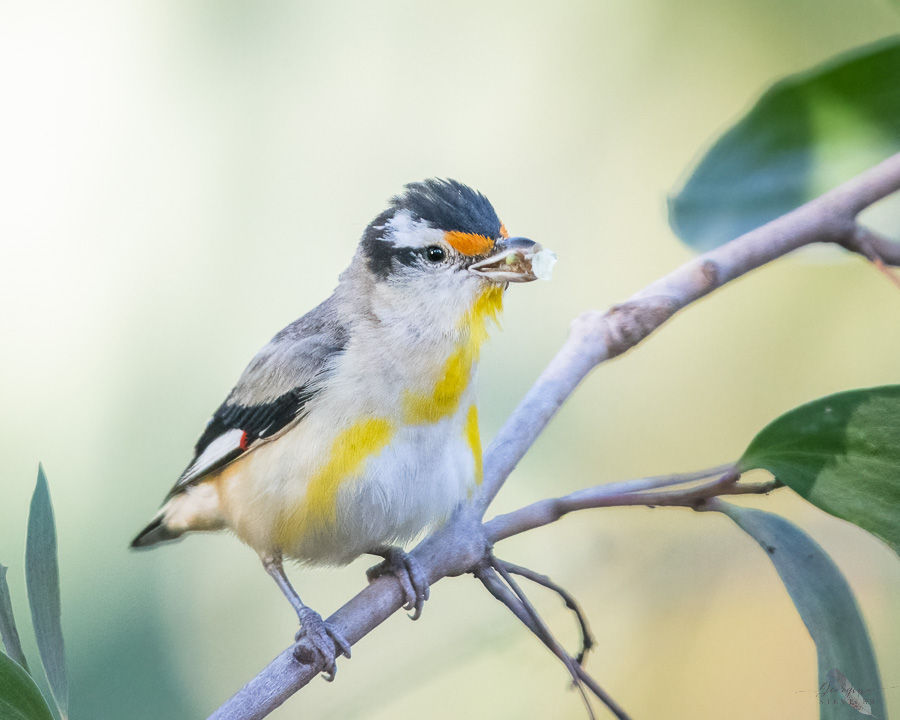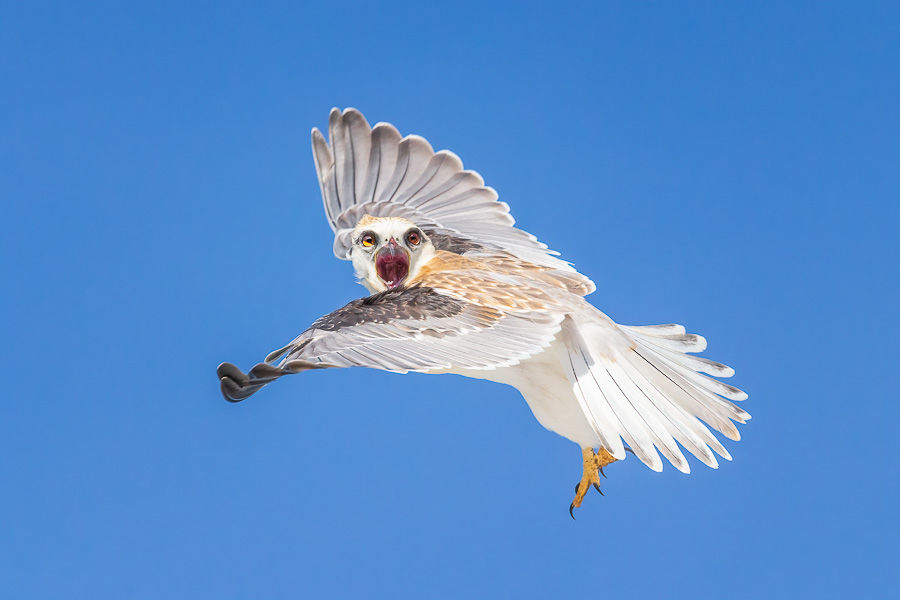How to Identify Stressed Birds on Social Media
- Georgina Steytler

- Oct 25, 2021
- 3 min read
Updated: Feb 26

The purpose of this brief article, is to help educate members of the public and, in particular, bird photographers to recognise whether or not a bird in an image is stressed or agitated. It is important to be able to recognise the signs, as someone 'following' bird photography on social media so that you do not inadvertantly reward unethical behaviour.
Recently, an experienced scientist working with endangered animals told me that she had shocked a bird photographer who was showing her pictures by being able to accurately identify which of the photos had been taken using call playback, and which had not.
There are several key signs that you can use to identify whether a photographer is causing stress to the birds by getting too close to a nesting bird or by using call playback to lure the bird closer. The use of call playback has been shown not only to put to a bird in immediate danger of predation (eg if called into the open), but also to be likely to raise its stress levels to its detriment, both short term and long term (eg by shortening it's lifespan, altering breeding behaviour etc).
Key signs that a bird is (outwardly) stressed or agitated include some or all of the following:
tail erect;
crest or head feathers erect;
'rigid' stance;
drooping wings;
eye on photographer (side on or front on);
uncharacteristic willingness to come close to the photographer; and or
'passionately' calling.
It does occasionally happen that photographers capture birds engaging in these behaviours naturally, such as during a territorial dispute with another male. Therefore, you can't make a judgement from one or two images of birds exhibiting those signs. However, if a particular photographer has many images of birds exhibiting the above behaviours, consistently fails to explain the circumstances of the images, and/or many of those images are of rare or normally secretive birds sitting up on bespoke branches with clear backgrounds, then it is a very reasonable assumption to make that he or she is regularly using call playback. #donotlike #unfollow
One of the sad consequences of the over use of call playback in bird photography, is that we are only seeing images of birds in alert postures (ie stressed birds), rather than engaging in natural, relaxed behaviours. In Australia, the vast majority of grasswren (a shy, often elusive, bird) images appear to be taken using call playback. The result is that we rarely see images, like the one below, of two birds having a sand bath which I took by simply observing the birds and being patient.

Examples of Stressed Bird Images
In the images of the pardalote at top of this page and below, you can see that the 'head' feathers of the bird are sitting up like a crest. It's watching the photographer and has a very 'alert' stance.
I took these images before I realised what was actually happening. Although I couldn't see a nest anywhere, it became obvious from the multiple prey items in the bird's bill (small birds don't usually carry multiple prey in their bill unless they are feeding babies in a nest), it's 'crest', it's reluctance to move away and it's general demeanour, that it was upset by my presence in the vicinity of a nest.
I quickly retreated and left the area. I have posted these images here as they provide a good illustration of what an agitated bird looks like, but I would never post them on social media.
I have experienced this same behaviour with chats (once with a white-fronted chat and again with a crimson chat which flew around my head with food in its bill, emitting an eerie, plaintive cry). On each occasion it occurred I had no idea where the nest was but from their behaviour I guessed that it was close-by so I immediately left the area.

NOTE:
The article titled 'Liked to Death? The Social Media Race for Nature Photos Can Trash Ecosystems - or Trigger Rapid Extinction', authored by three scientists, explores social media's impact on nature and is essential reading for all: Link here.
This article has been widely cited and republished, reaching an audience of 232 million people globally (excluding social media mentions), highlighting the growing global concern regarding ethical nature photography.



Comments